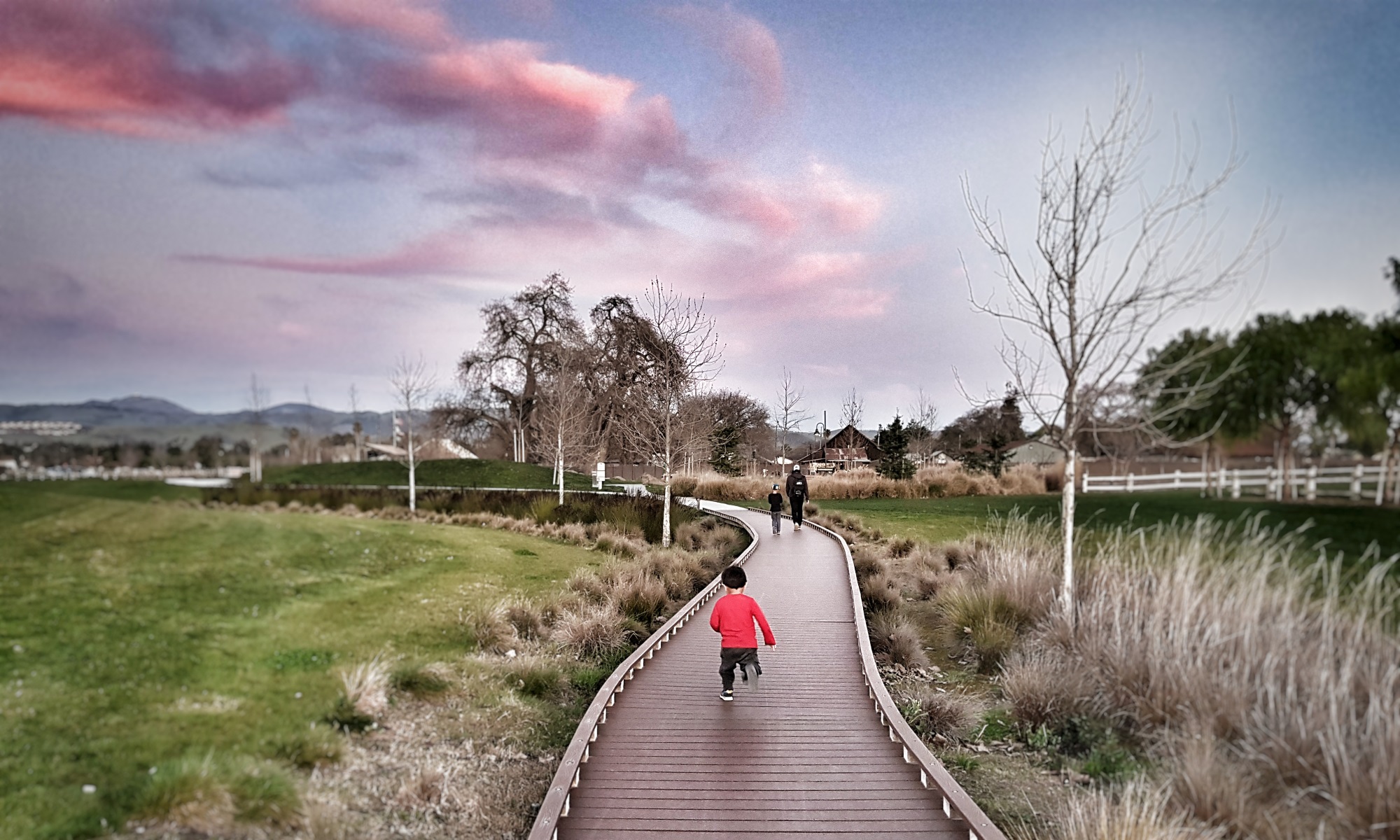Running season is here, at least for me. Yesterday I ran the Almaden Times Classic 10K. It was my second race of the year. I usually run 6-8 races a year starting from the end of summer through the beginning of spring. I’ve missed a few races this year due to my work schedule and lack of training. Now that the weather is cooler distance running is more feasible. With the colder weather training involves longer distance of running with less intensity, instead of shorter intervals and heavier intensity.
Injuries
Most people believe running is not for them and are discourage to give it a try. They blame it on past injuries and ailments. The most common ailments I hear people use as an excuse are having ‘bad knees’. Unless you had a torn ligament in the past or dislocation then there is no reason people should have ‘bad knees’. Even when you fully recover most people can run with no problem. What people don’t know is that runners run with injuries all the time. These runners know how to care for the injuries and know which ones affect and don’t affect their running.
Strategy and Technique
Running is more complex than people think. It involves strategy and technique. Strategy varies from runner to runner because it depends on their experience and fitness level. Some runners may have a slower start and build up to a face race pace leaving for a strong kick to the finish. Some run at a constant pace by running each mile with a consistent goal time. Others start off quick and aggressive all-out Prefontaine-style and still finish strong. That’s something you rarely see and are usually reserved for world class runners. Technique also varies from runner to runner due to differences in body type and running preferences. I’m a heel-strike runner, so my heel hits the ground first with every stride. Others run on the balls of their feet and some are mid-sole runners. It all comes down to how they feel when their foot hits the ground. But the common goal to having good technique is to run the longest distance with fastest time using the least amount of effort, or using the least amount of energy.
Other Tips
Your body is like an engine and it requires the right fuel to run efficiently. Eating healthy can make a big difference in your run. Stay away from refined sugared-foods such as sodas and cookies and opt for fruits and vegetables. But for those really long runs those cookies can come in handy in providing quick energy. Make sure you understand and listen your body. For me, I can’t go running after I eat. I have to wait at least 90 minutes before I can get going. Anything less than 90 minutes I get cramps, I feel heavy and bloated. Some people can eat and run within 15 minutes. So know what your body can handle before you stuff yourself with a Powerbar right before you hit the trails. Lastly, get a good pair of running shoes. Get one that fits well, feel snug (not too snug), and compliments your running style. Never go for the cheapest of the bunch because your feet will pay for it later. Some running shoes are expensive for a reason. So find one that works for you and make sure you take care of them because running shoes need love too.
